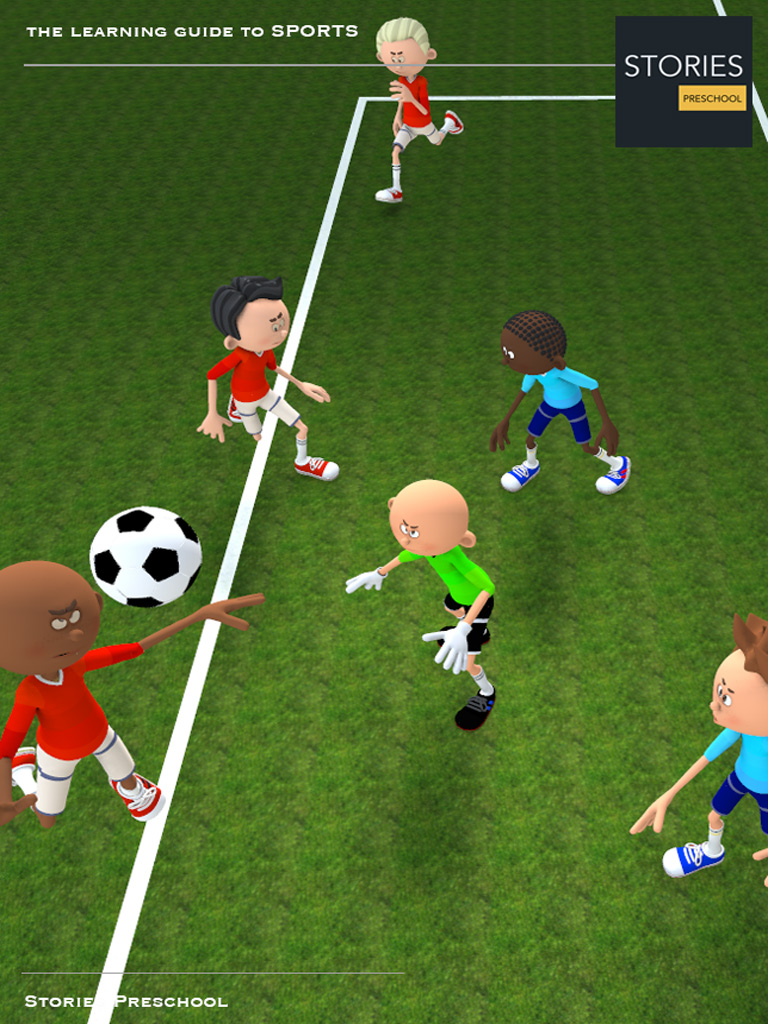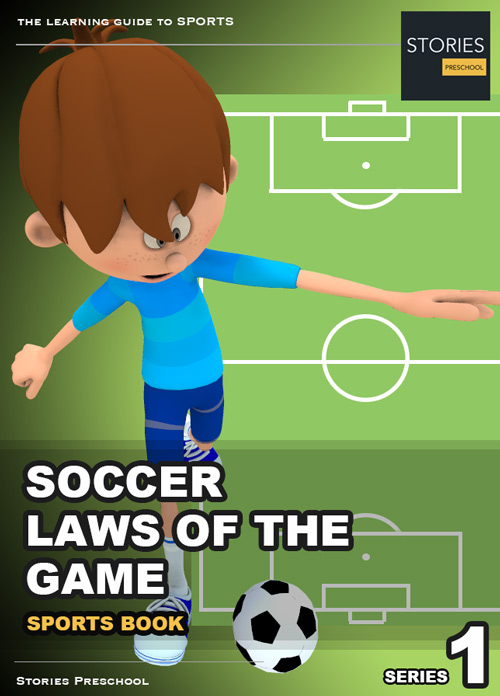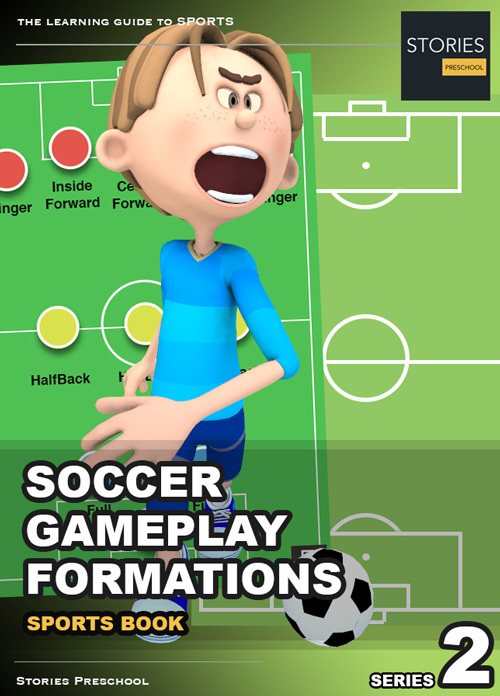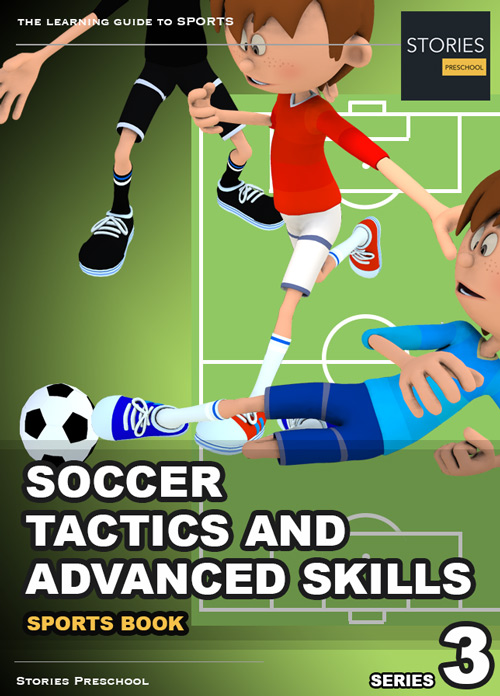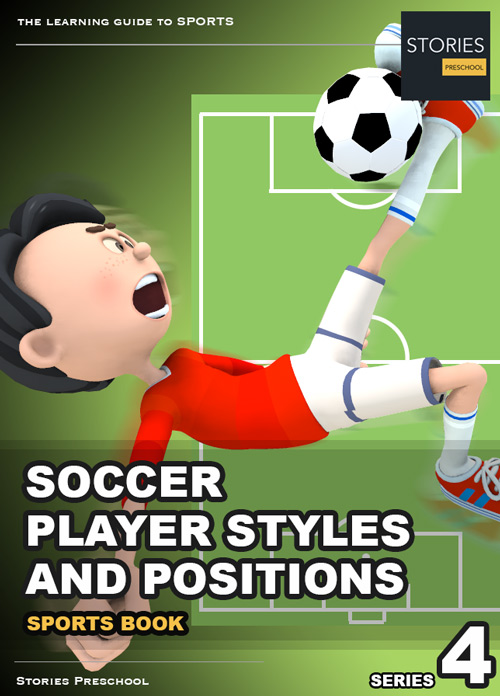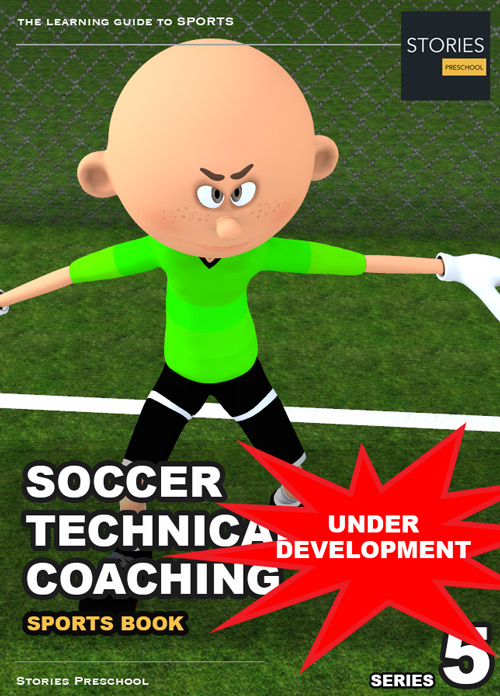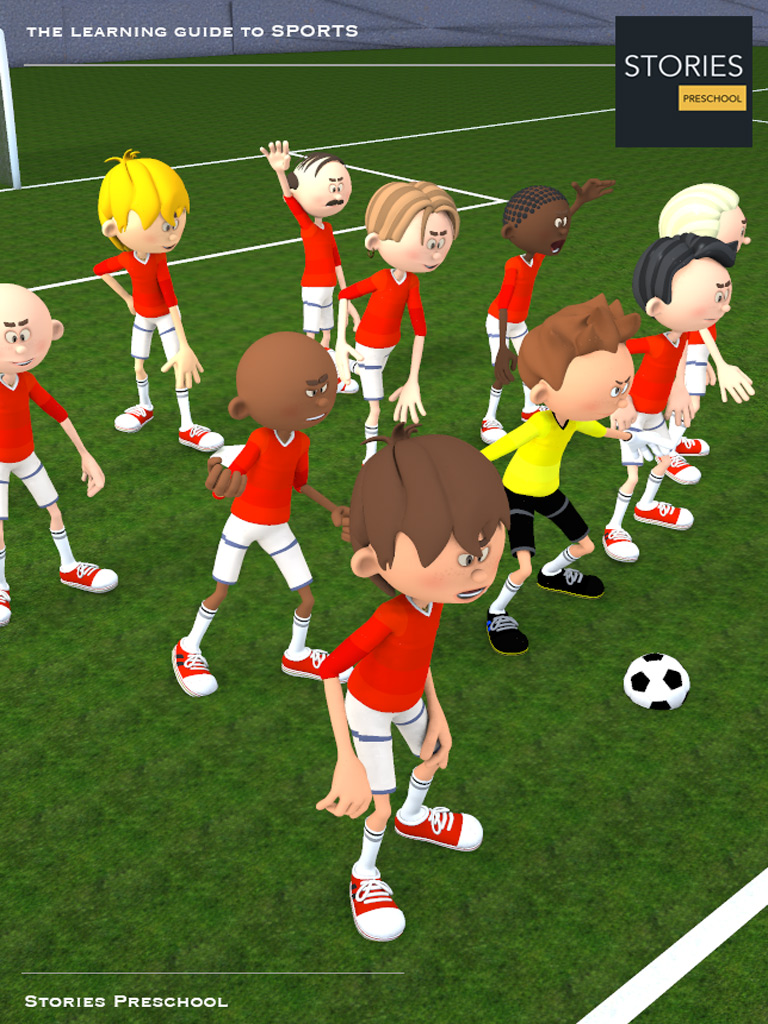Soccer
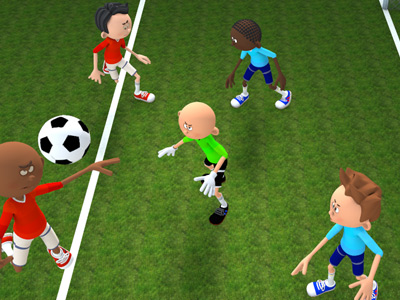
Soccer Dropped Ball
A dropped-ball (or drop-ball) is a method of restarting play in a game of association football. It is designed to offer no advantage to either side, generally being awarded when play has been stopped due to reasons other than normal gameplay or misconduct. The rules concerning the dropped-ball are part of Law 8 of the Laws of the Game.
Award
A drop-ball is not awarded to either team; rather it is used to restart play when the referee has stopped play for any reason not listed for another form of restart. Examples include when play has been stopped due to serious injury to a player, interference by an external party, or a ball becoming defective.
Procedure
The ball is dropped by the referee at the point where the ball was when play was stopped, unless this is within a goal area in which case it is dropped on the goal area line parallel to the goal line. The ball becomes in play as soon as it touches the ground. Players must not touch the ball until it has touched the ground. If the ball leaves the field of play before it has been touched by a player, the drop-ball is retaken.
Infringements
There is no mention in the Laws of the Game as to how many players, if any, may take part in a drop-ball or where they may be positioned. However, it is normal that a drop-ball is contested by two players (one from each team), like at a face-off in bandy or ice hockey.
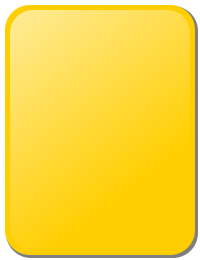
If a player touches the ball before it touches the ground, the drop-ball is retaken. If a player persistently touches the ball before it touches the ground, and the referee believes that the player is deliberately doing so, this may be considered misconduct and the referee may caution the player with a yellow card.
In 2012 the Laws of the Game were amended FIFA Circular No 1302 such that if a dropped ball is kicked directly into the opponents' goal, a goal kick is awarded, or if a dropped ball is kicked directly into the team's own goal, a corner kick is awarded to the opposing team.
Use in the modern game
This method of restarting play is rarely used in modern adult football as many players sportingly elect to kick the ball out of play when an event requiring the stoppage of play – most often an injury – occurs. After the situation has been resolved, the opposing team typically, but not always, concedes possession to the other team after returning the ball into play, as a gesture of good sportsmanship.
SPORTS
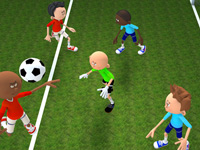
RESOURCES
This article uses material from the Wikipedia articles "Association football" and "Dropped-ball", which is released under the Creative Commons Attribution-Share-Alike License 3.0.
© Stories Preschool. All Rights Reserved.
